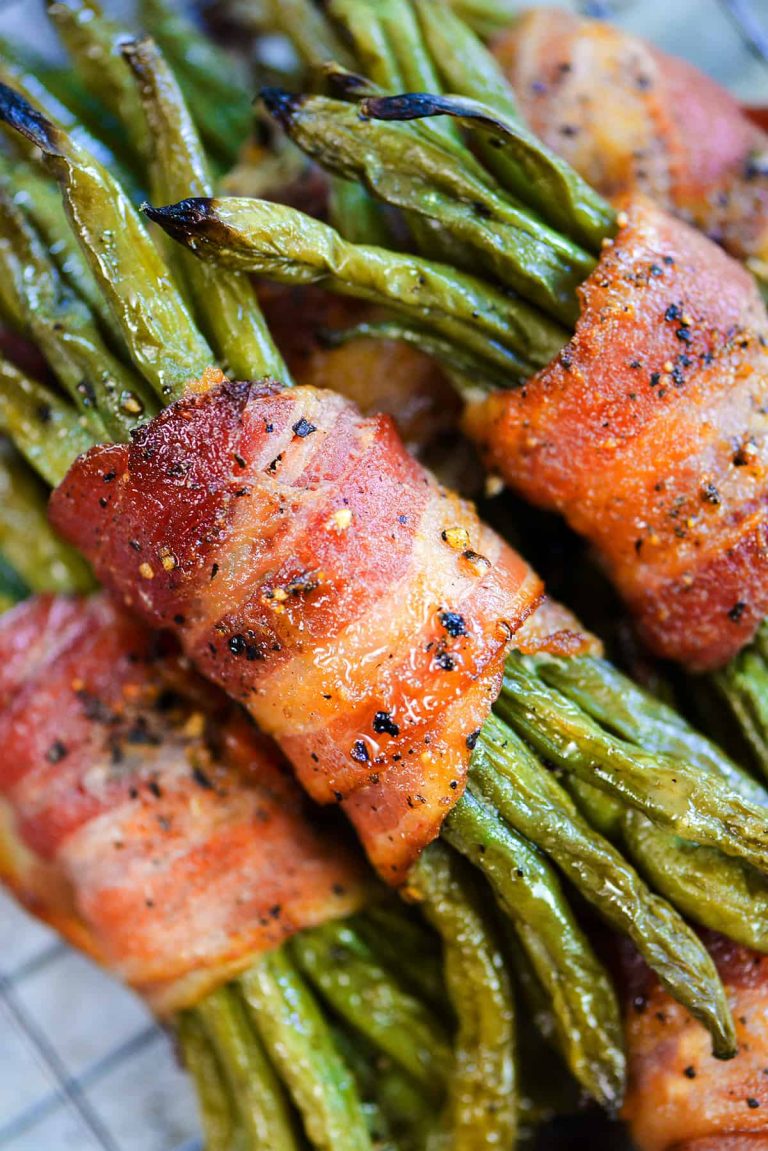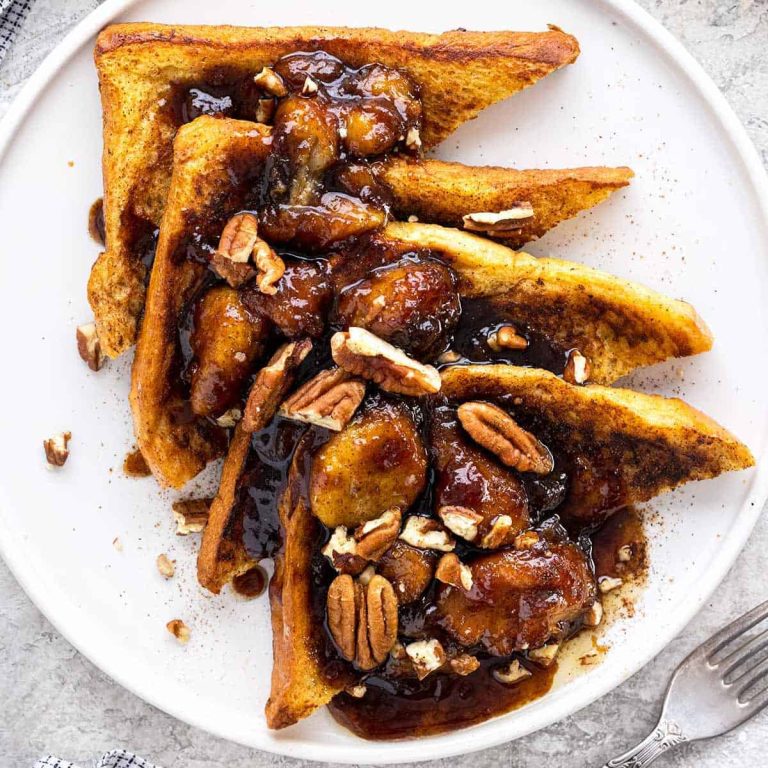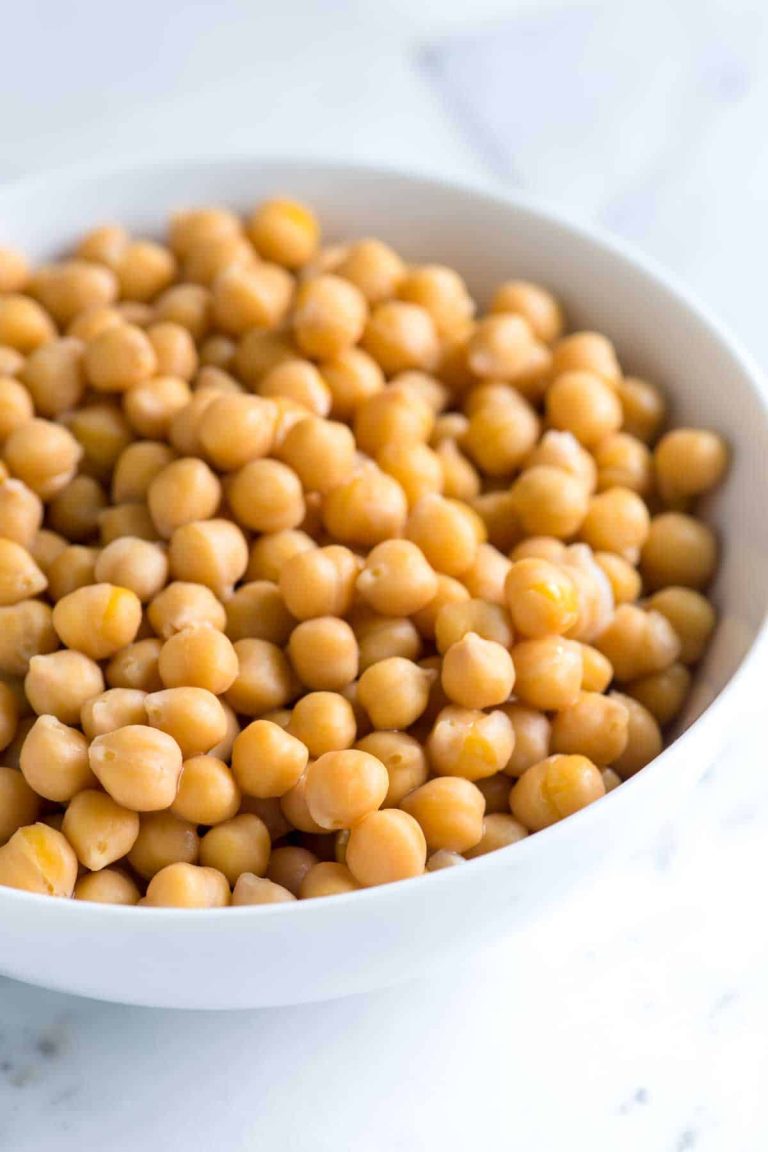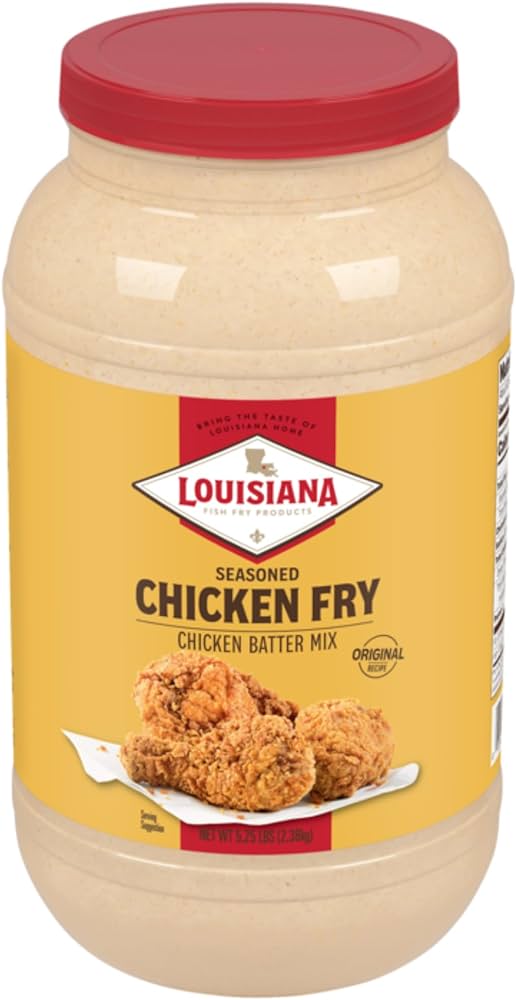Mostaccioli: A Guide to Sauces, Recipes, and Pairings
Mostaccioli, shaped like small mustaches, originates from Italy. The name itself means “little mustaches” in Italian. This pasta has deep roots in Italian culinary tradition, specifically in the regions of Campania and Sicily. Historical records show that Mostaccioli has been a staple in Italian households for centuries, often featured in celebratory and family meals due to its adaptability to various sauces. Understanding this pasta’s background helps appreciate its cultural importance.
Key Ingredients and Variations
Mostaccioli primarily consists of semolina flour and water. The pasta dough is shaped into small tube forms, which are either smooth or ridged. There are multiple variations of Mostaccioli dishes, reflecting regional preferences and available ingredients. For example, Baked Mostaccioli combines pasta with marinara sauce, ricotta, and mozzarella cheese, offering a hearty, comforting dish. Another variation uses a meat-based ragu sauce, balancing rich flavors with the pasta’s texture. Exploring different recipes demonstrates Mostaccioli’s versatility and enhances your culinary skills.
How Mostaccioli Is Made
Preparing the Sauce
Sauce plays a crucial role in Mostaccioli meals. Begin by selecting the type of sauce—marinara, Alfredo, or meat-based sauces—best suited to your dish. Use fresh tomatoes, garlic, basil, and olive oil if you choose marinara. For meat-based sauces like Bolognese, start with ground beef or sausage, onions, and carrots. Incorporate heavy cream, garlic, and Parmesan cheese for Alfredo. Simmer the sauce for 30-45 minutes, stirring occasionally to ensure the ingredients meld together well.
Cooking the Pasta
Cooking Mostaccioli pasta requires attention to detail. Fill a large pot with water, adding a pinch of salt to enhance flavor. Bring the water to a rolling boil before adding the pasta. Stir immediately to prevent sticking. Cook for 8-12 minutes, following the package instructions for al dente texture. Drain the pasta and rinse briefly under cold water to stop the cooking process if you plan to bake it or serve it later.
Combining Pasta and Sauce
After preparing the sauce and cooking the pasta, combine both in a large mixing bowl. Ensure that each pasta piece is evenly coated with the sauce. If baking, transfer the mixture to a pre-greased baking dish, top with additional cheese or herbs, and bake at 375°F for 20-25 minutes until the top is golden and bubbly.
By focusing on each step, your Mostaccioli dish will achieve the best flavor and texture, delighting guests with each bite.
Mostaccioli in Italian Cuisine
Comparison with Other Pasta Dishes
Mostaccioli stands out among Italian pasta dishes due to its unique shape and texture. Unlike penne, which has ridges to hold sauces, Mostaccioli has a smooth surface, making it ideal for lighter sauces and baked dishes. You might find it similar to ziti in size, but Mostaccioli’s slight curve and tube shape allow sauces to coat it evenly, enhancing the overall flavor. While spaghetti pairs well with oil-based sauces, Mostaccioli excels with hearty meat-based ragu or creamy marinara, offering versatility for various recipes in Italian cuisine.
Regional Variations in Italy
Mostaccioli showcases diverse regional interpretations across Italy. In Campania, it’s often featured in baked dishes like “Pasta al Forno” with rich tomato sauce, mozzarella, and sausage. This preparation highlights the region’s love for robust flavors and hearty meals. Sicily presents Mostaccioli with seafood, incorporating ingredients like sardines, fennel, and breadcrumbs, reflecting the island’s coastal influence. These regional variations not only demonstrate Mostaccioli’s adaptability but also provide a cultural glimpse into Italy’s culinary richness.
Serving and Pairing Ideas
Ideal Sauces and Toppings
Mostaccioli offers a versatile base that pairs well with various sauces. Tomato-based sauces, such as marinara or arrabbiata, complement its hearty texture. Meat-based ragu, featuring ground beef or sausage, enhances the pasta’s depth. Alfredo or creamy pesto provides a rich contrast, ideal for special occasions. When selecting toppings, add freshly grated Parmesan or Pecorino Romano for extra flavor. Fresh herbs, such as basil or parsley, elevate the dish’s complexity. For baked Mostaccioli, top with mozzarella or ricotta before finishing in the oven to achieve a golden, bubbly top layer.
Wine Pairings
Choosing the right wine elevates Mostaccioli’s flavor profile. Red wines, such as Chianti or Sangiovese, pair well with tomato-based and meat sauces, complementing their acidity and richness. For creamy or white sauces, opt for white wines like Pinot Grigio or Chardonnay to balance the creaminess. If the dish includes seafood, like in Sicilian variations, consider a light, crisp wine such as Sauvignon Blanc. These choices enhance the overall dining experience, ensuring each bite of Mostaccioli is perfectly complemented by your chosen wine.
Conclusion
Mostaccioli offers a delightful culinary journey that brings a taste of Italy to your table. Whether you prefer a hearty ragu or a creamy marinara, this versatile pasta pairs beautifully with a variety of sauces and ingredients. Experiment with different regional recipes and toppings to find your favorite combination. Remember to cook your pasta to al dente perfection for the best texture. Pair your dish with the right wine to elevate your dining experience. Embrace the rich flavors and cultural heritage that Mostaccioli brings and enjoy every bite.






